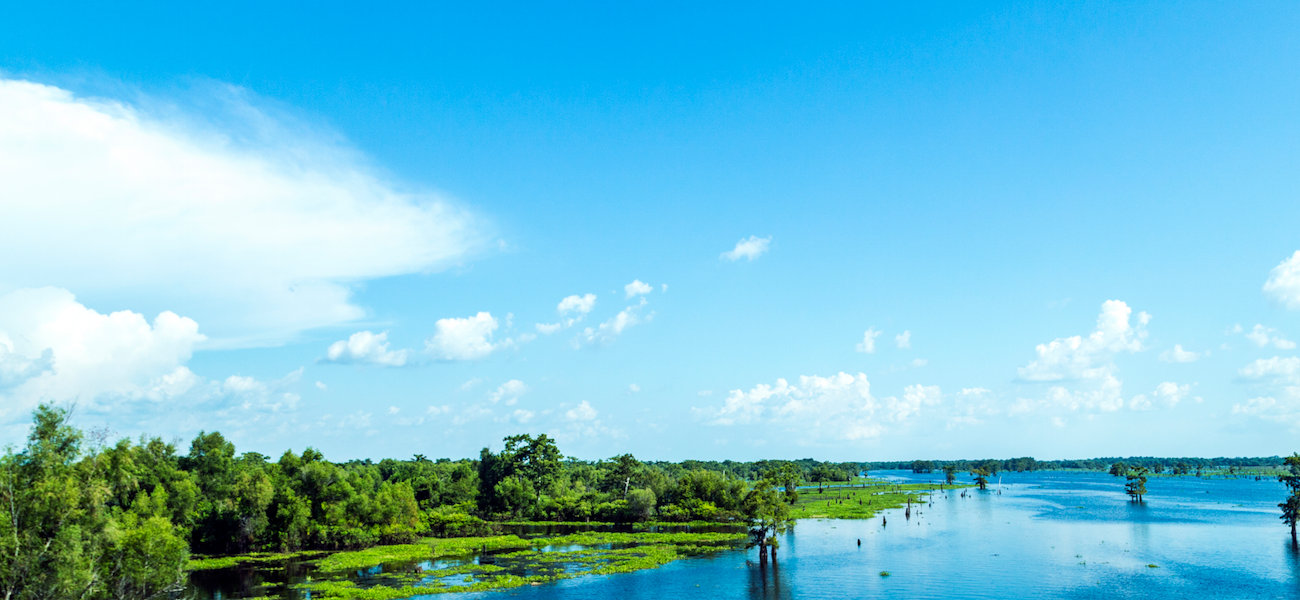After the August 2016 flood, a trending topic was one long-delayed diversion canal some say could have helped lessen the damaging floodwaters. In 1992, Congress approved the Comite River Diversion Canal project in response to a major flood almost a decade before. The canal would help protect the towns of Zachary, Baker, Central, Denham Springs and other residential areas in the lower Comite and Amite river basins by shifting floodwaters from the Comite directly west to the Mississippi River. But 25 years later, only one component has been constructed. The rest are still on paper. Here’s a look at what’s left of this complicated undertaking.
Hover over the numbers to learn about the different steps involved in Comite River Diversion Canal:
Project partners:
• Army Corps of Engineers for design and construction
• State DOTD for finance cost-share and acquisition of lands, rights of way, easements, etc.
• Amite River Basin Commission for floodplain management, property tax millage and title holding of lands purchased
• East Baton Rouge Parish for operation and maintenance once the canal is complete
Auditor’s report
The biggest problem facing the project is inconsistent and insufficient federal funds, according to a Jan. 18 Legislative Auditor’s report. In most years since the project was authorized, annual federal funding to the Corps wasn’t even enough to put a component of the project out for construction bids, so the money was used for design work. In 2011 and 2012, the funding was transferred to other Corps projects because it hadn’t been used.
The report suggests the state and its partners should evaluate whether to continue the project or revise it as part of a larger, as-yet-undesigned flood plan for the entire region.
At a task force meeting Jan. 25, some suggested removing the Corps from the project and finding another partner, using state bonds instead of federal dollars to fund completion. Most officials agreed the August 2016 flood would have exceeded the canal’s capacity but still consider it one of the biggest flood-control priorities in the region.
This article was originally published in the March 2017 issue of 225 Magazine.









